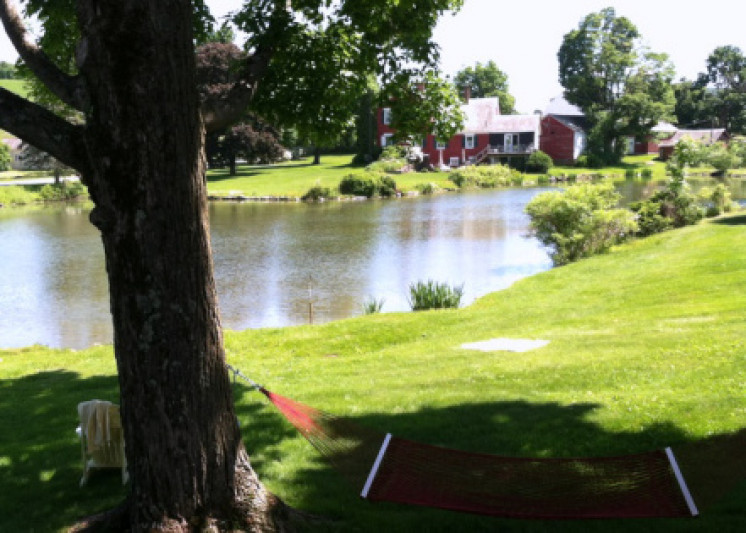
With so much great cheese in Vermont, it's difficult to know where to start. Here are three cheesemakers to start with. You can visit other cheesemakers and make your own cheese trail!
Four years ago, when I first moved from New York to the Boston-area, I can only describe it as a collision of worlds. Although the change of pace is less noticeable for some, it took me extra time to adjust to the relatively gentle mobility of Beantown as compared to that of the Big Apple.
After finding work at Formaggio Kitchen, and as I established a comfort zone with my newly adopted environment, I was given the opportunity through the shop to visit a series of farms in western Vermont. I had never traveled that far north in the United States before, so I jumped at the opportunity.
The trip offered a wonderful introduction to a region extremely diverse in sights, flavors and experiences. Growing up, my grandparents would seek solace from the city life in the mountains of central New York but, as a child, I never appreciated the clarity that environment could impart.
My fellow staffers and I visited three farms on our trip: Consider Bardwell, Twig Farm, and Blue Ledge. During our visit, Twig Farm’s owner and veteran Formaggio Kitchen cheesemonger, Michael Lee, gave a simple, yet nuanced perception of his art. He posited that cheese bears a striking similarity to bones; dependent as they are upon the bonding of calcium and on moisture levels during cooking, curds can be molded into a soft and pliable cheese, or a firmer, more crumble-prone cheese. Michael’s analogy became a sort of leitmotif to reflect upon as we visited other farms in this unspoiled terrain. Each cheesemaker gives life to a different bone in their “body” of a repertoire, and each farm was its own sort of self-sustaining organism or ecosystem.

With the Goats at Twig Farm
The final, striking aspect of our trip was the use of the honor system, and the collective bartering between farms that eliminates any sense of competition. Cheesemaker Hannah Sessions of Blue Ledge Farm explained that this is a byproduct of the comparative youth of artisan American cheese production, married with the fact that there is still plenty of business for everyone involved.
The sense of place and charge that each of the farms we visited has with their land and livestock is extraordinary. I believe that it is safe to say that this region will continue to serve as a large, untainted sandbox for artisan cheesemakers to create their own corpus and a place where natural city-dwellers like myself can learn to appreciate a different kind of order for many years to come!
Photos by: Kim Beaty
Marino Pawlowski is a romance linguist, enchanting dinner guest, and a cheesemonger and buyer at Formaggio Kitchen Cambridge.













